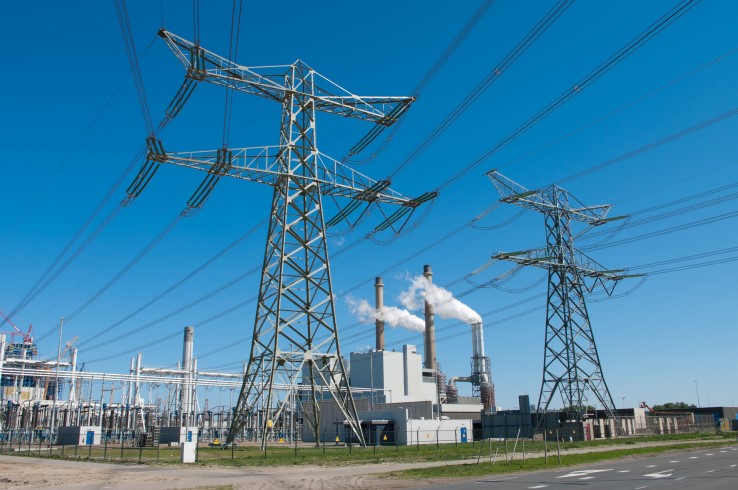Zambia has launched an ambitious plan aimed at boosting electricity generation in the Southern Africa nation. The Integrated Resource Plan will be implemented during a 30-year period with the support of the British government through a grant equivalent to US $1.78m.
According to Minister of Energy Mathew Nkhuwa, the plan will be an approach to national power system that incorporates assessment of available energy resources and opportunities for demand. “This is important in order to meet the country’s electricity requirement while upholding national development objectives for social equity and environmental sustainability. The implementation of the plan is expected to, among other things, improve long-term reliability, affordability, efficiency, and security of electricity supply, while keeping pace with the economic growth and development,” he said.
He further added that the implementation of the plan will minimize the short-term and long-term economic costs of delivering electricity services and ascertain the country’s investment needs for the medium and long-term and provide a conducive environment for business planning.
British High Commissioner to Zambia Nicholas Woolley said that the plan will go a long way in the utilization of renewable power technologies, operation of smart grids which will put energy users more in control of their own energy use. “Innovations in the private sector will bring new options to the market which will go a long way in reducing the cost of developing and operating power systems,” he added.
Also Read: First PPA-linked solar power park planned for Zambia
Electricity generation in Zambia
According to GET.invest, renewable energy sources are abundant in Zambia. Small and large hydropower is the major contributor to the country’s electricity supply and will be further developed over the next decades, given its high technical potential. Nevertheless, high solar irradiation values promise strong potential for the development of solar PV-based generation. With declining technology costs, there is potential for expansion of solar PV, recently evidenced by the IFC’s Scaling Solar program and SIDA’s Beyond the Grid Fund.

